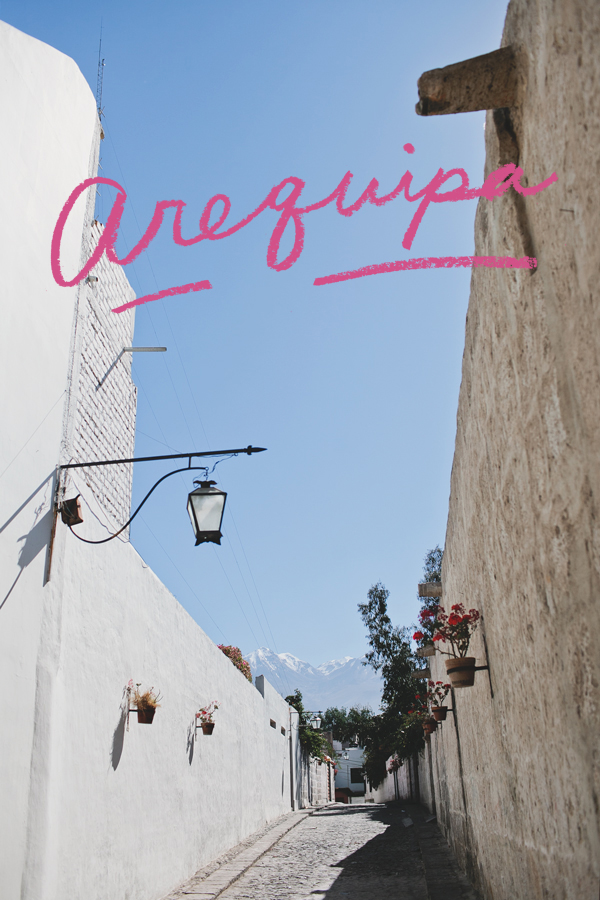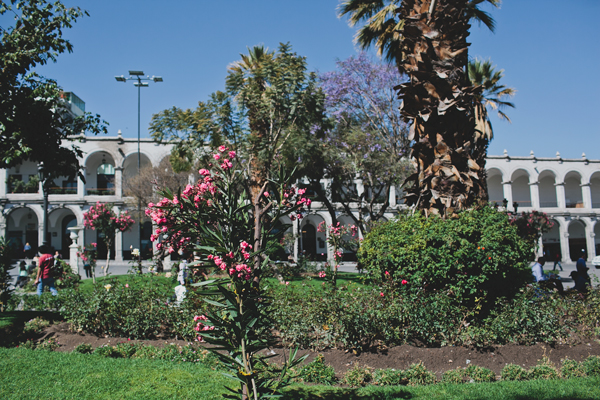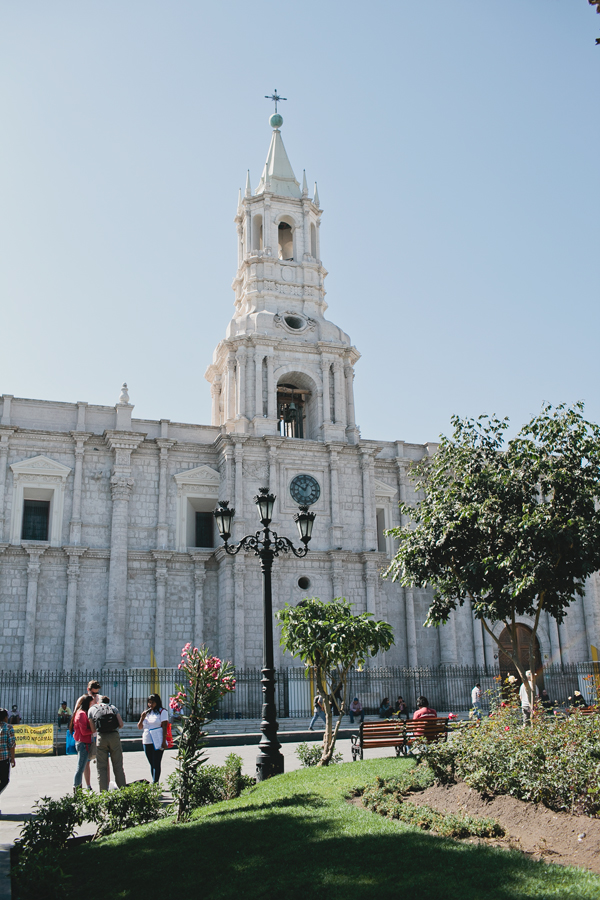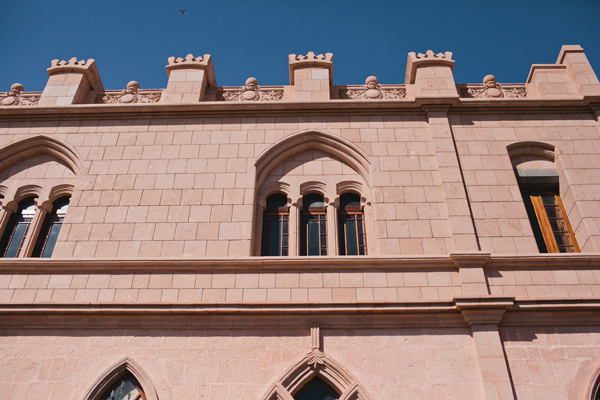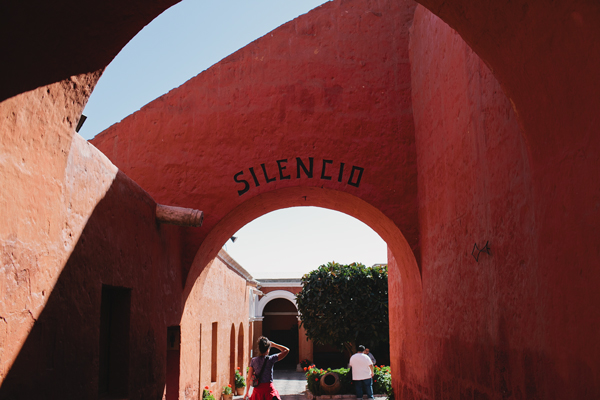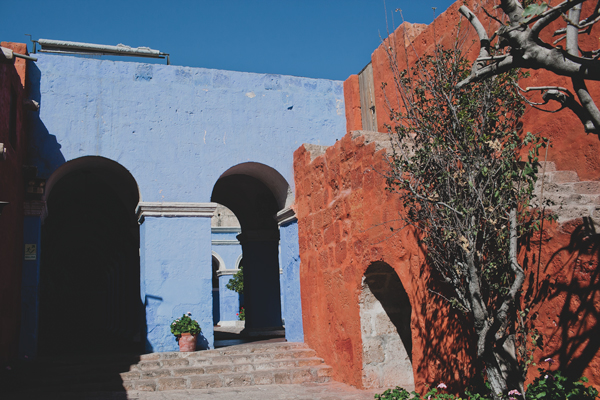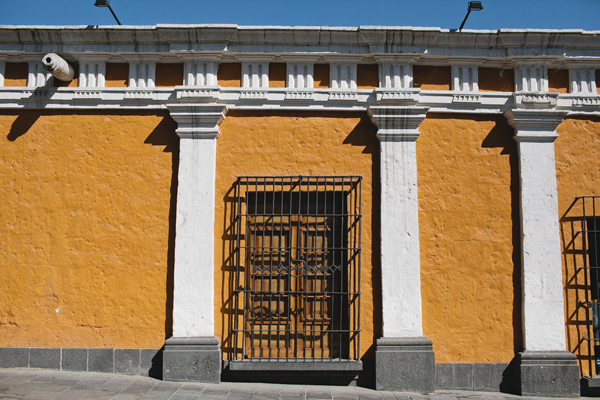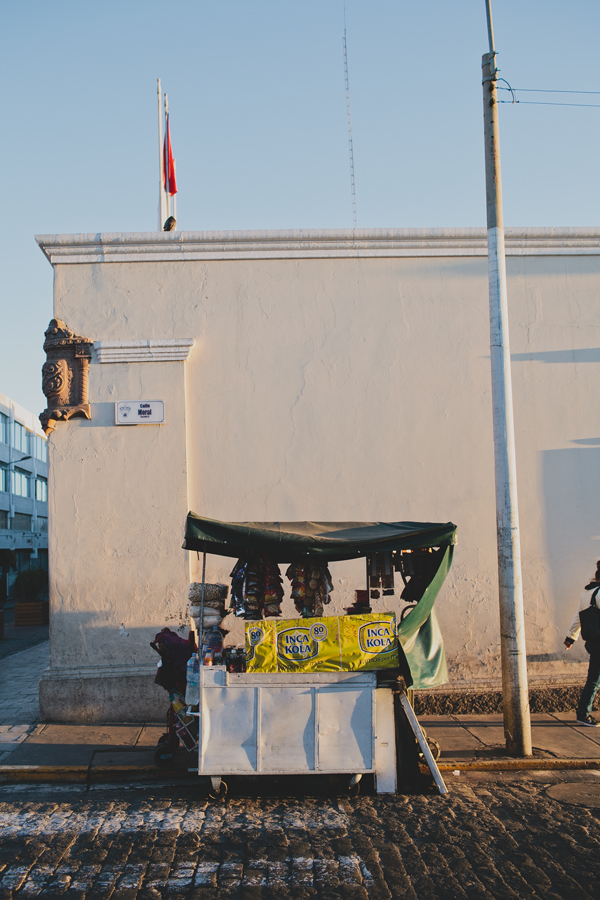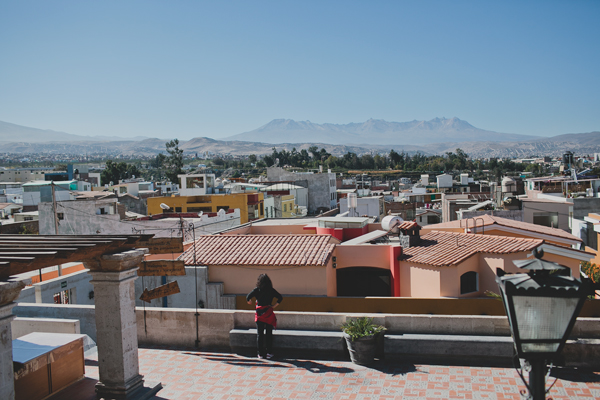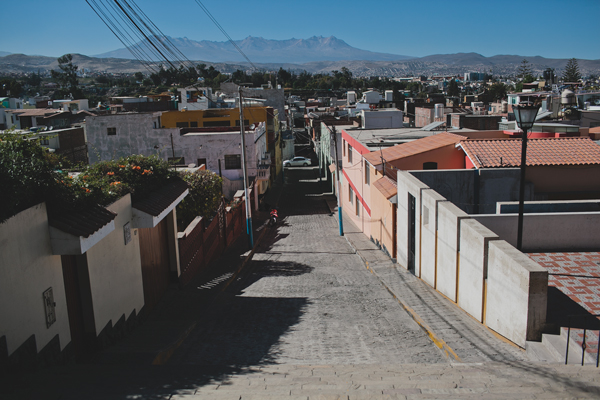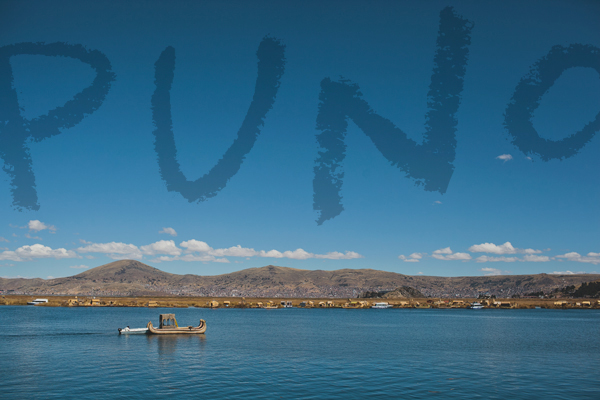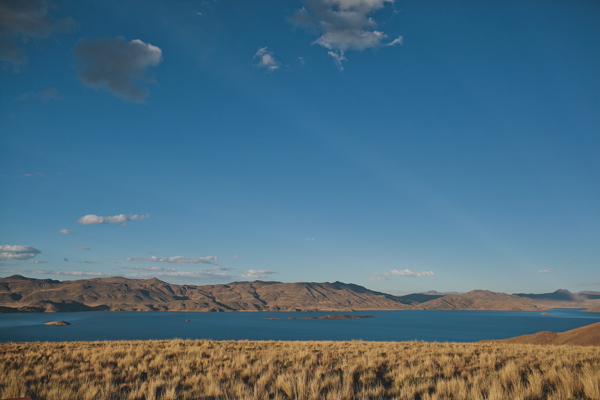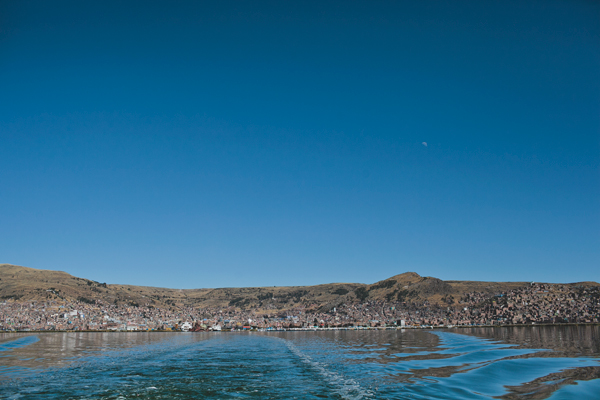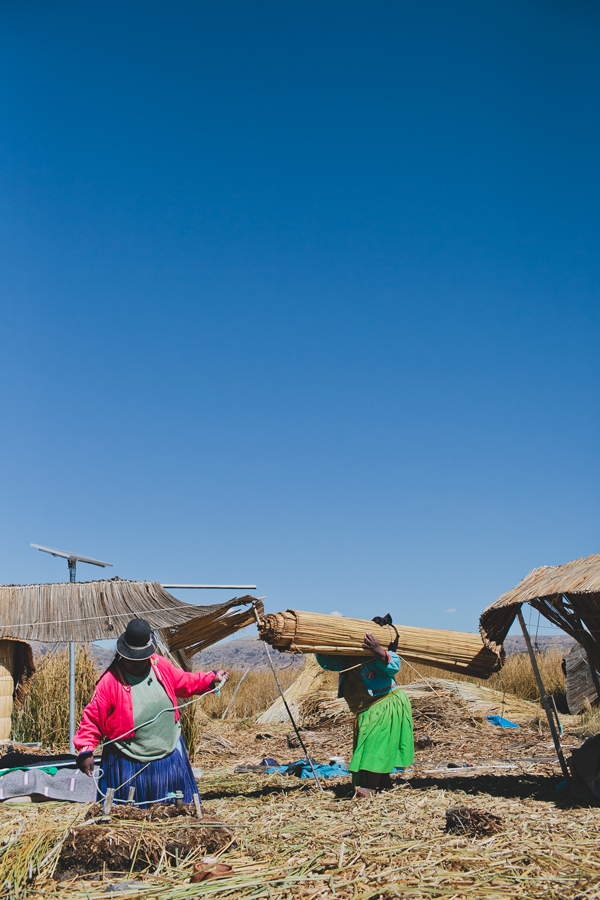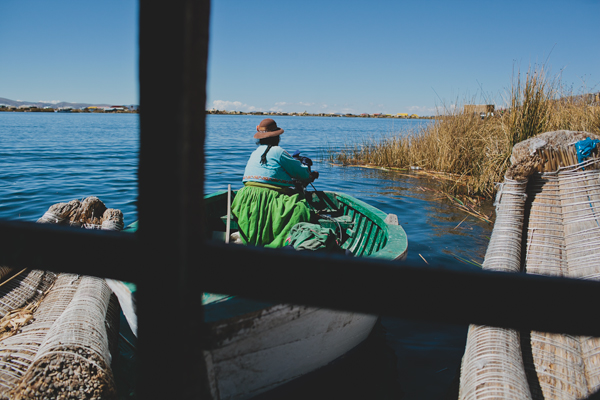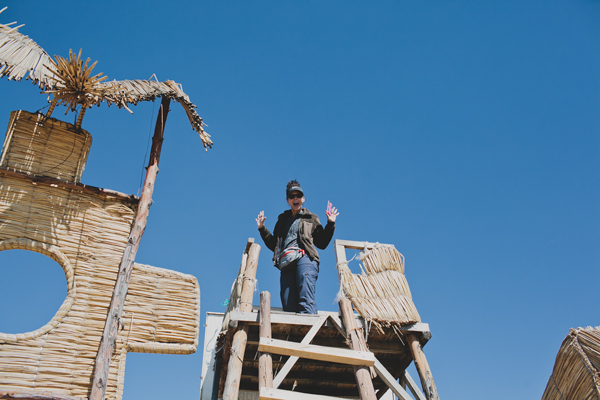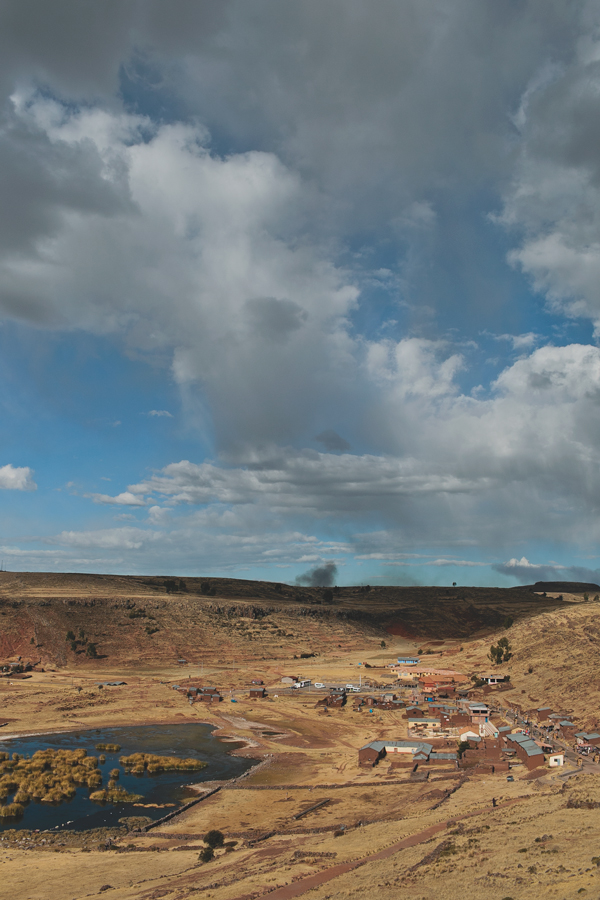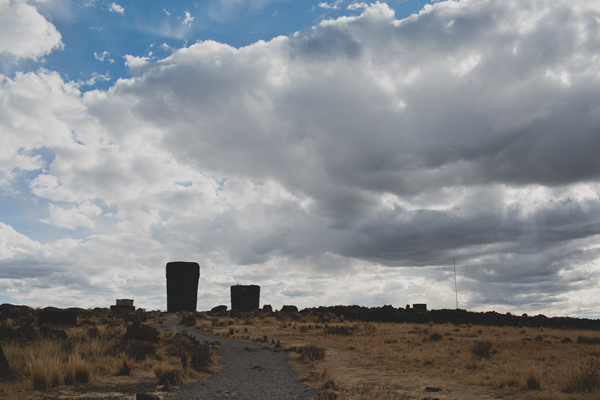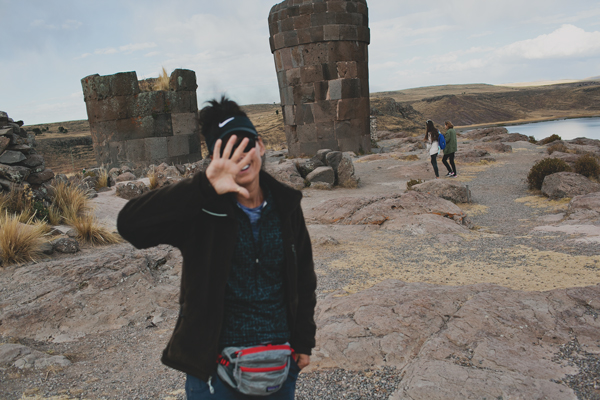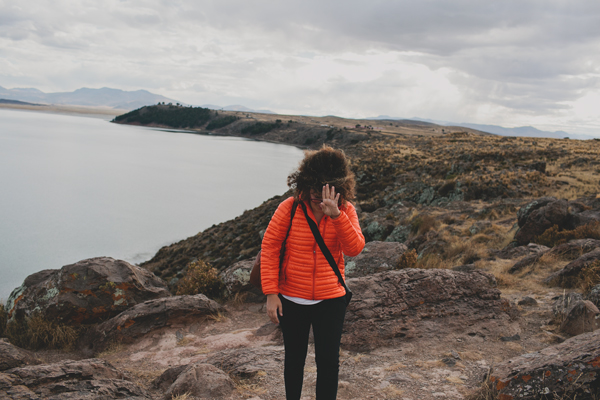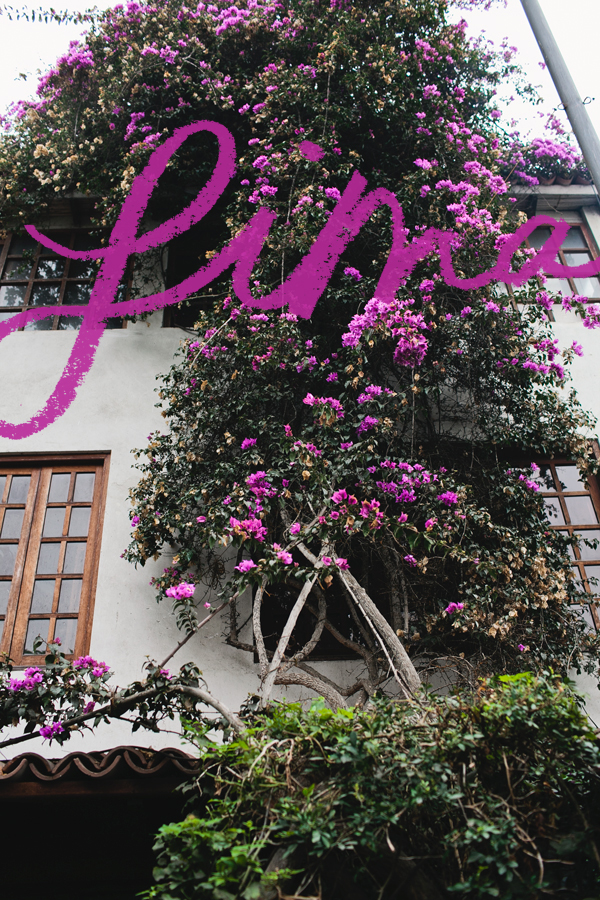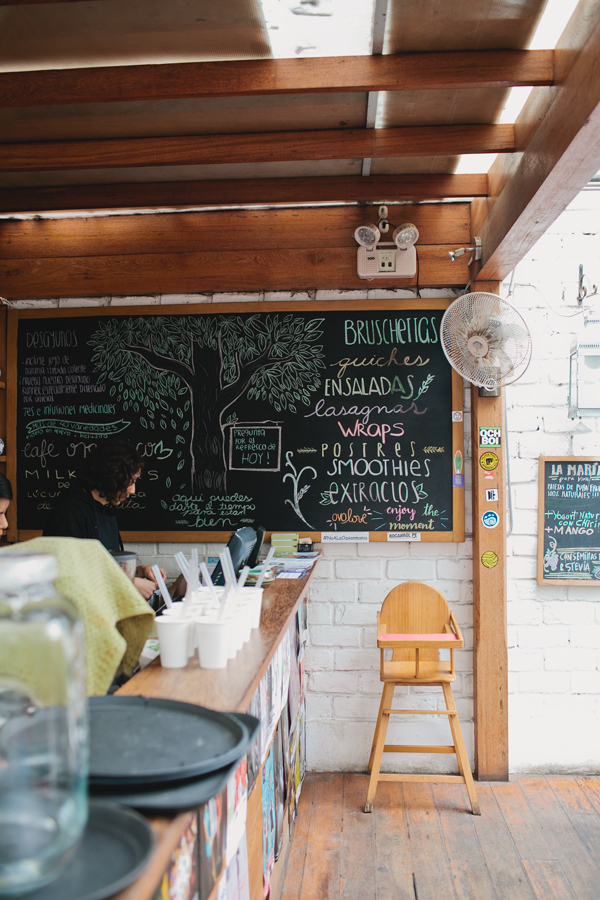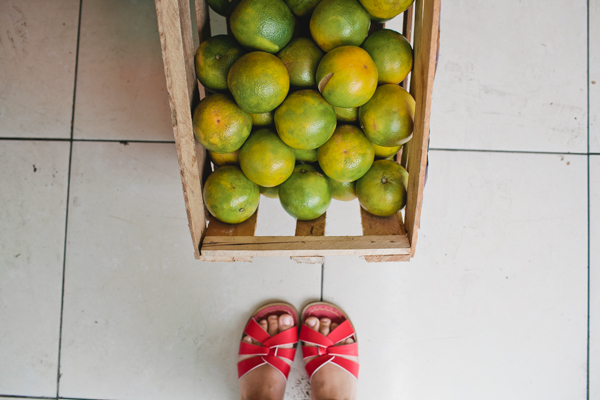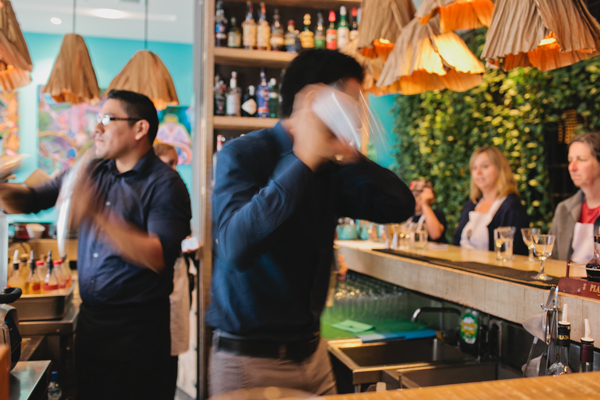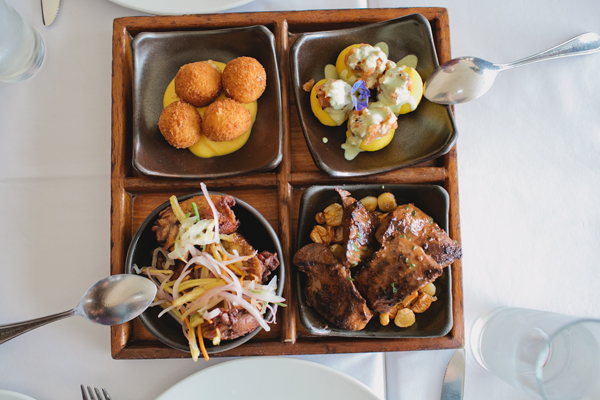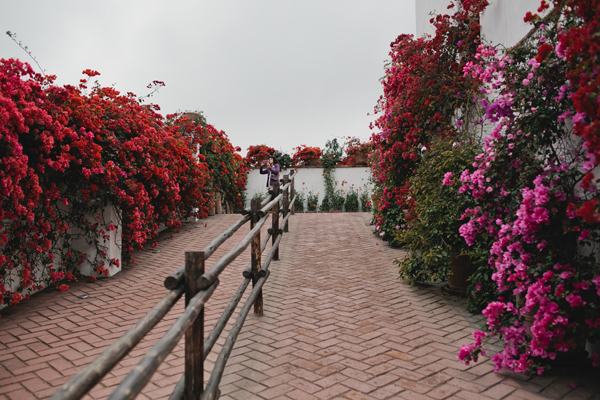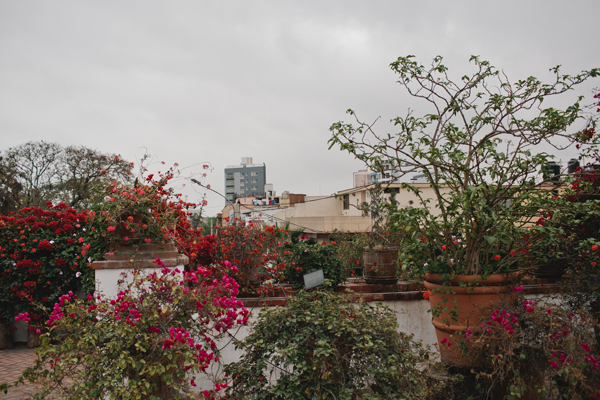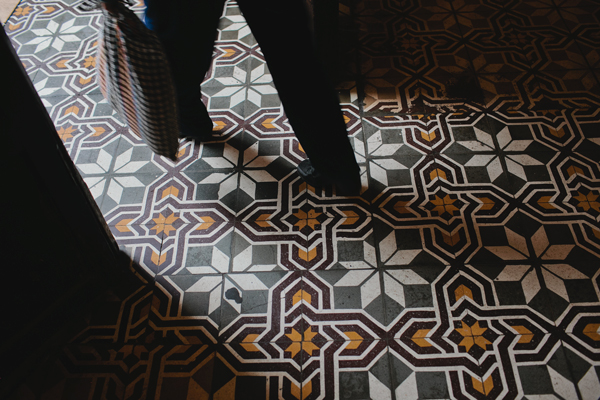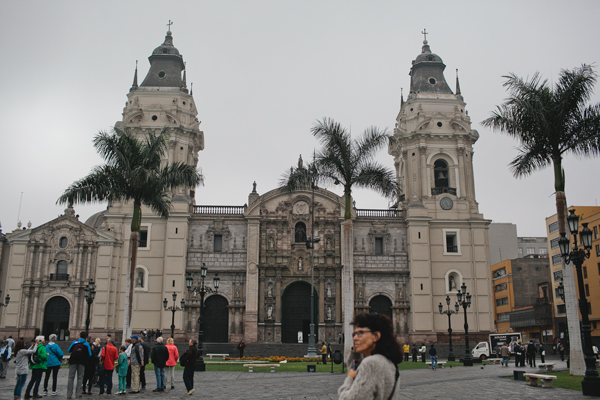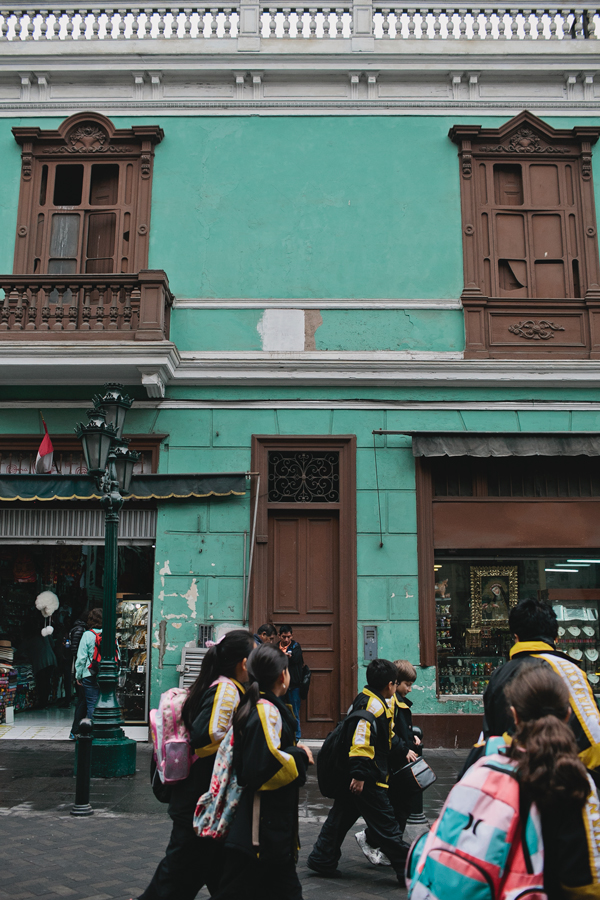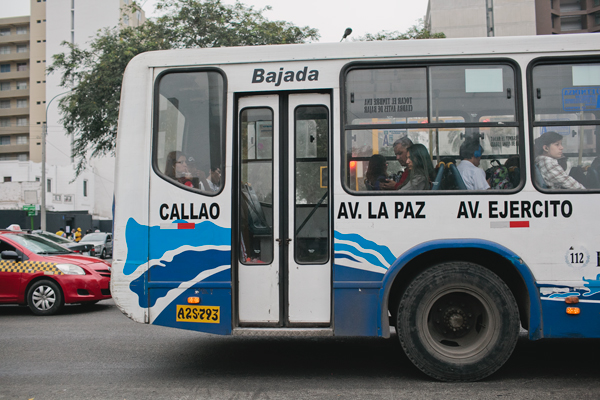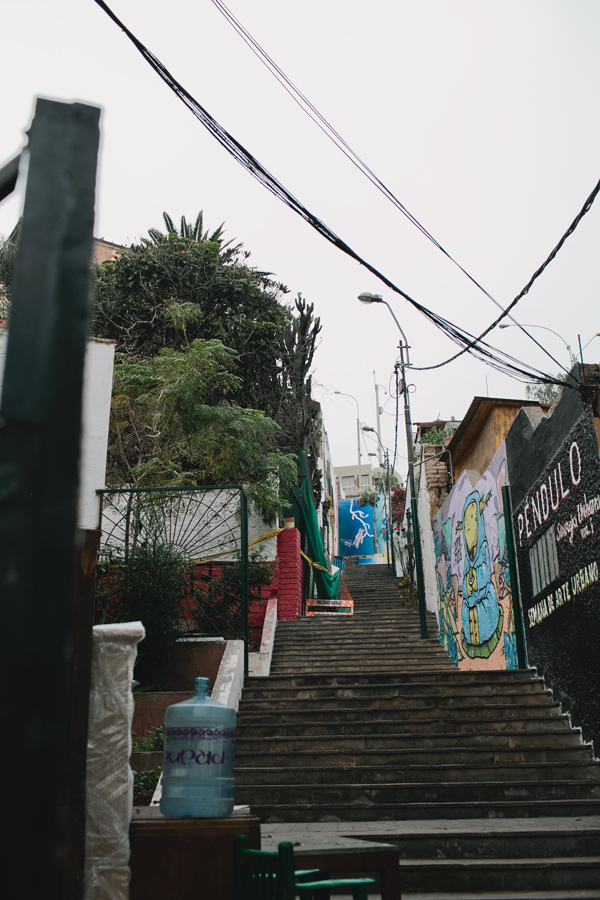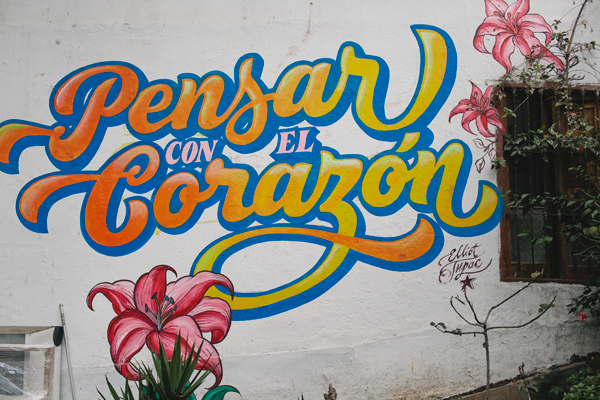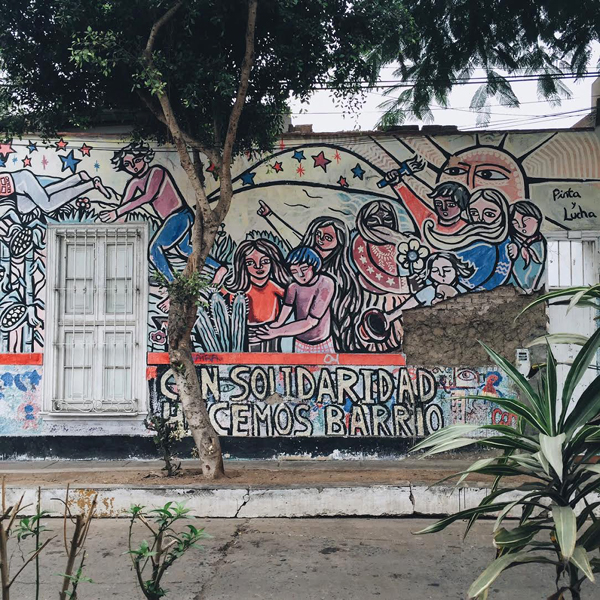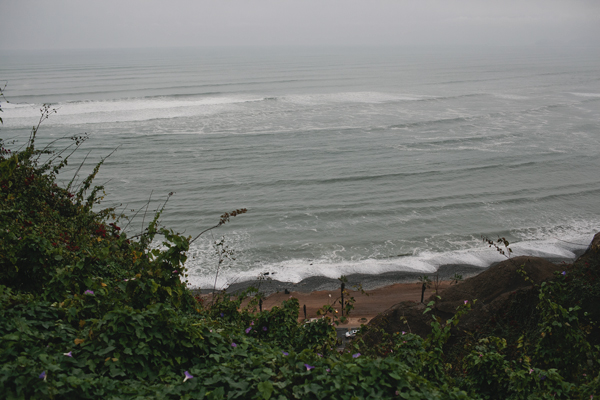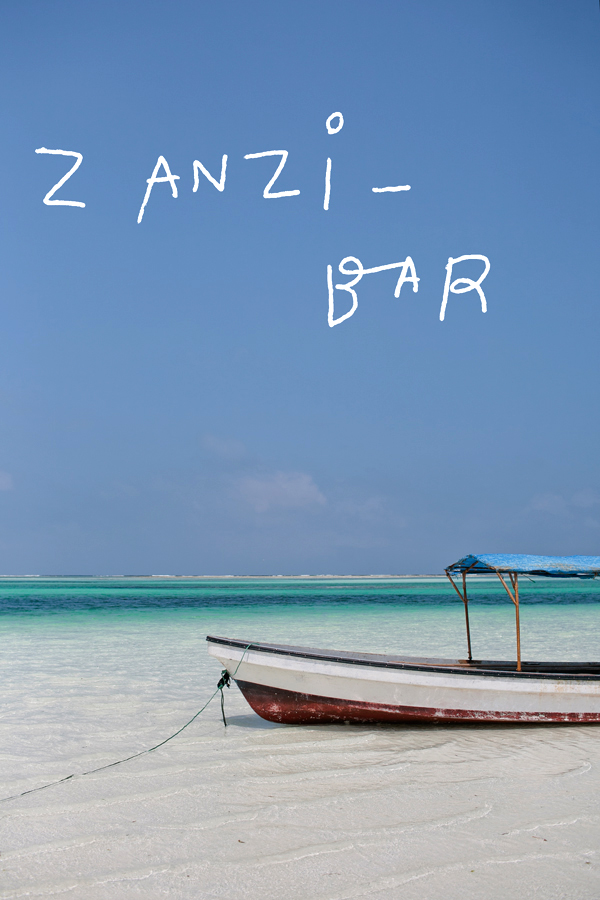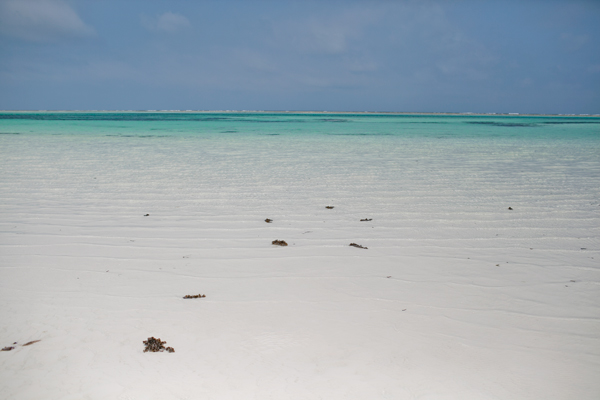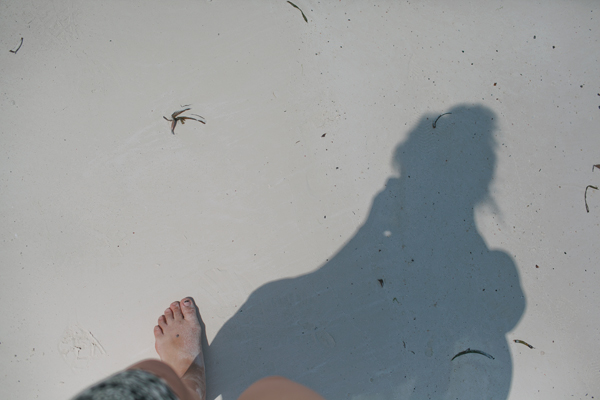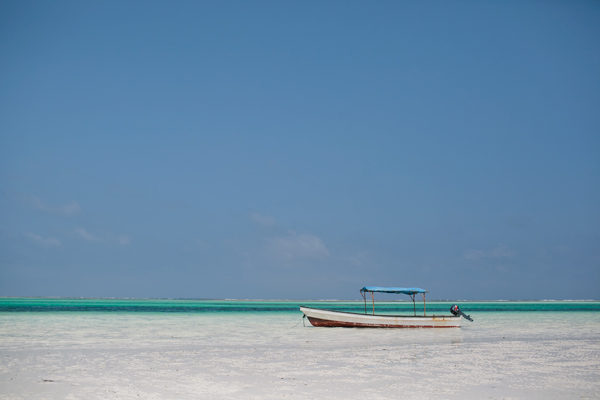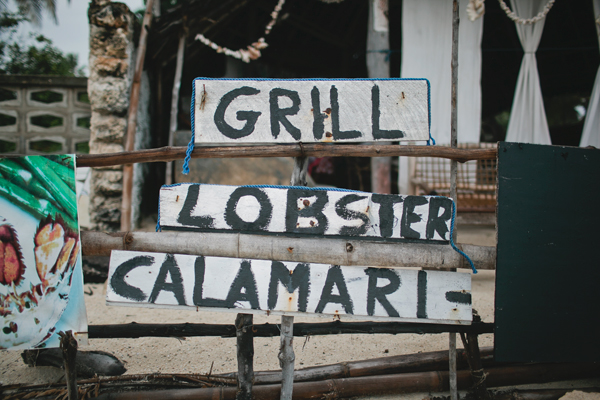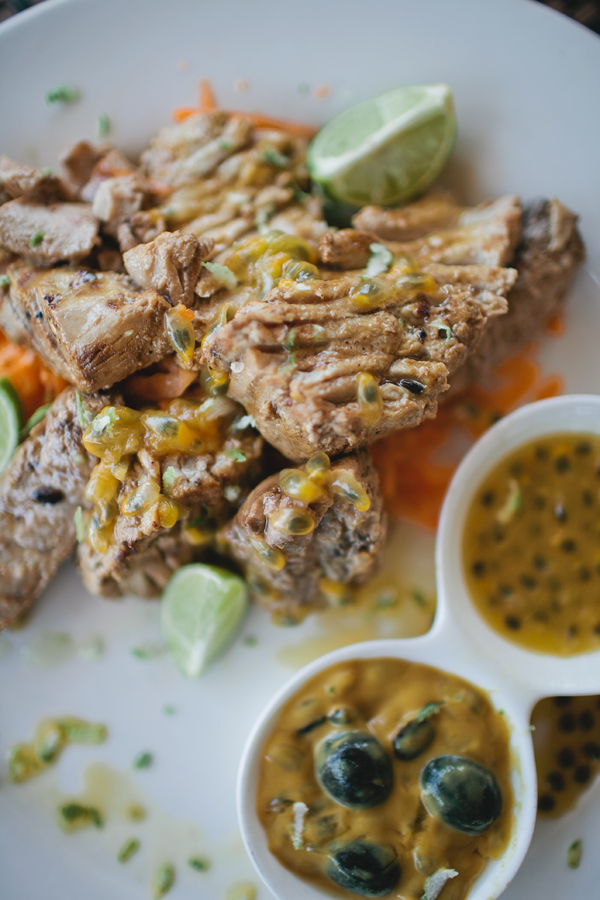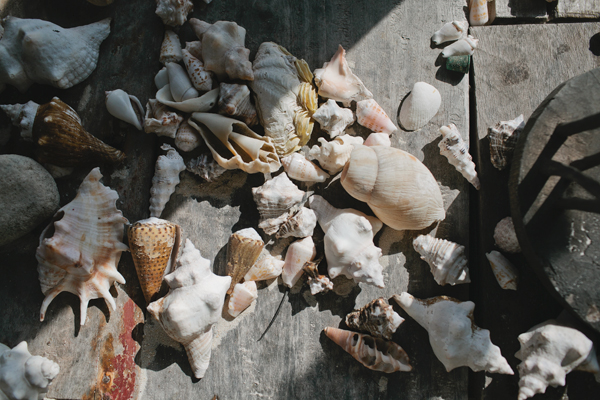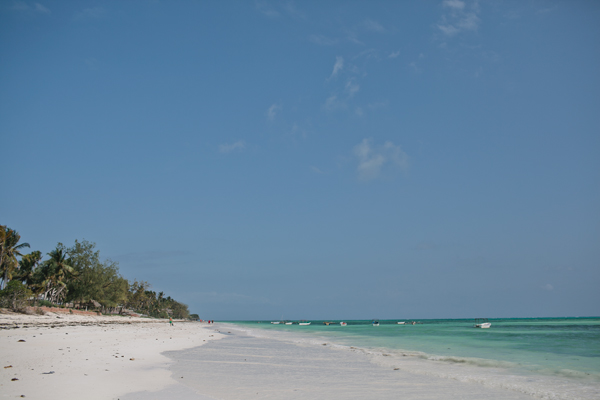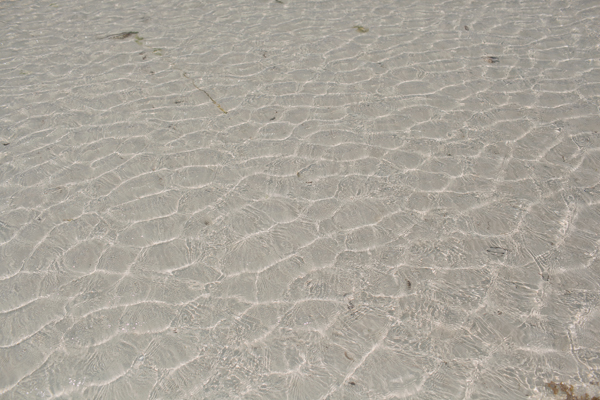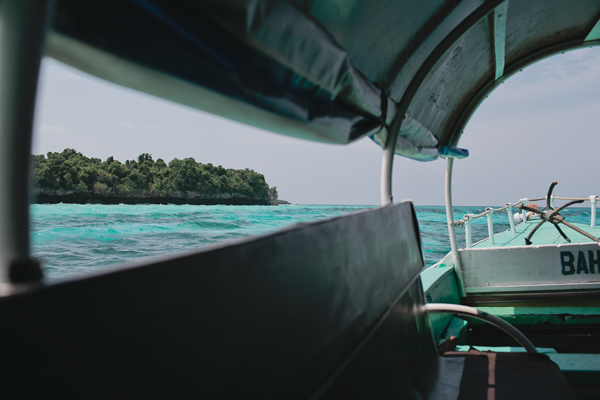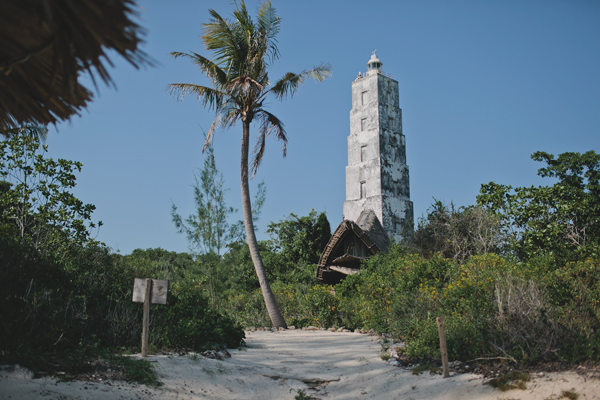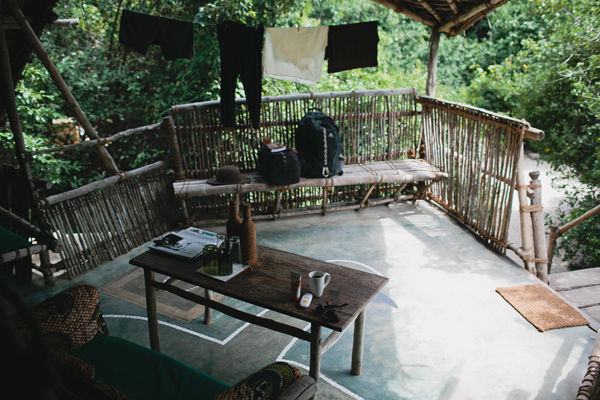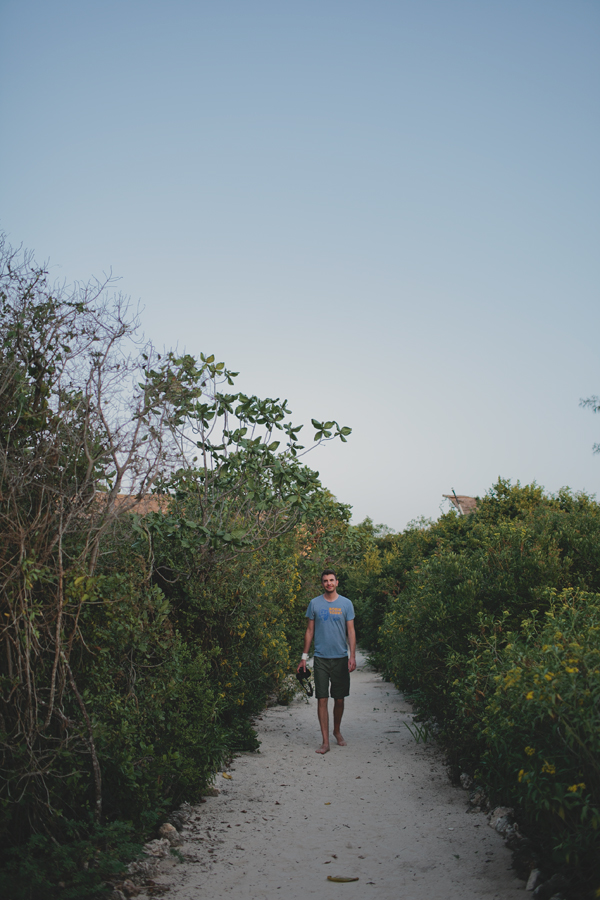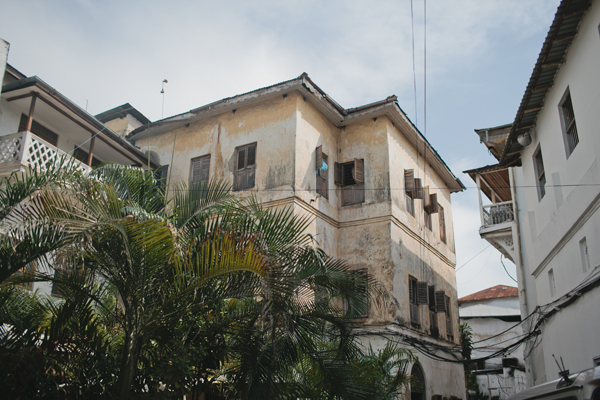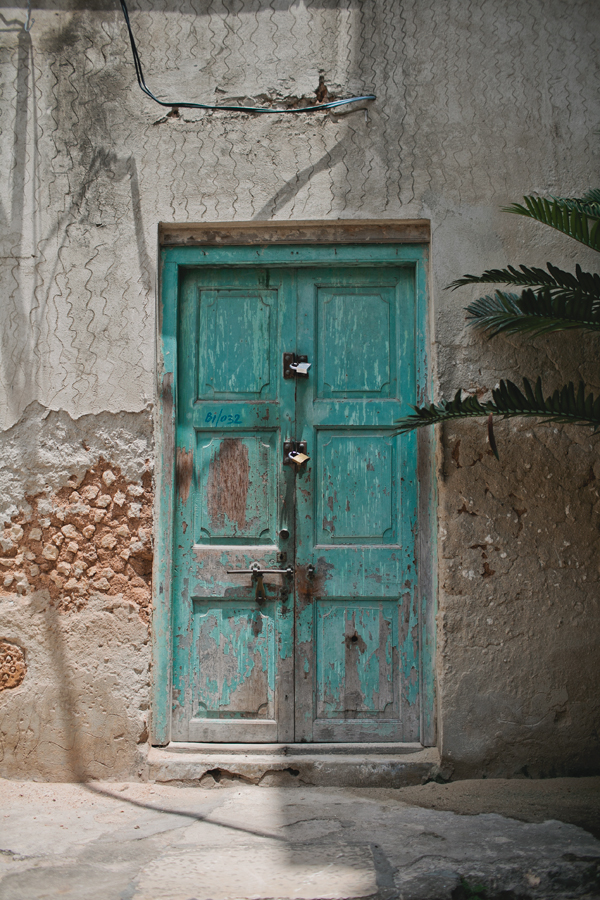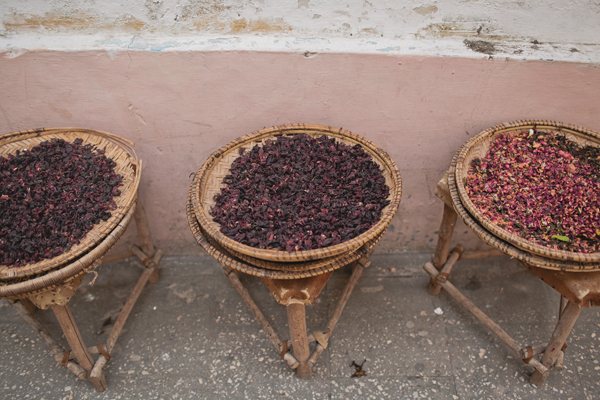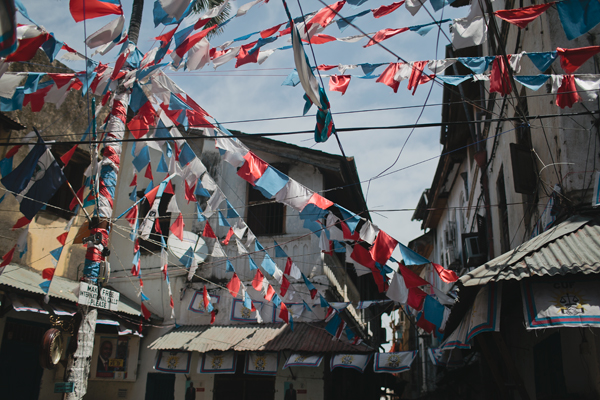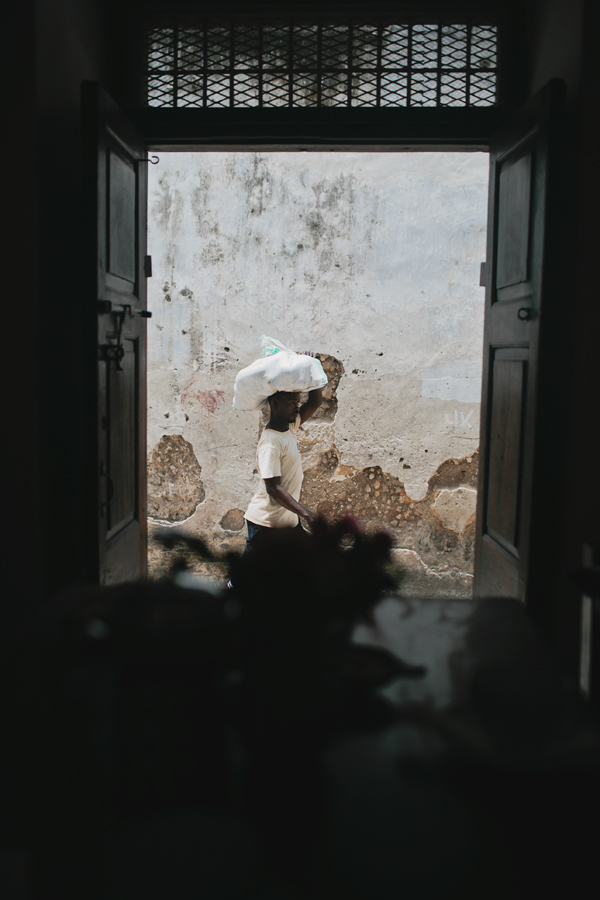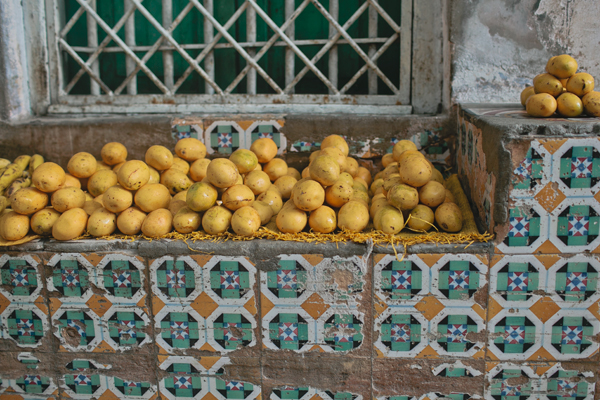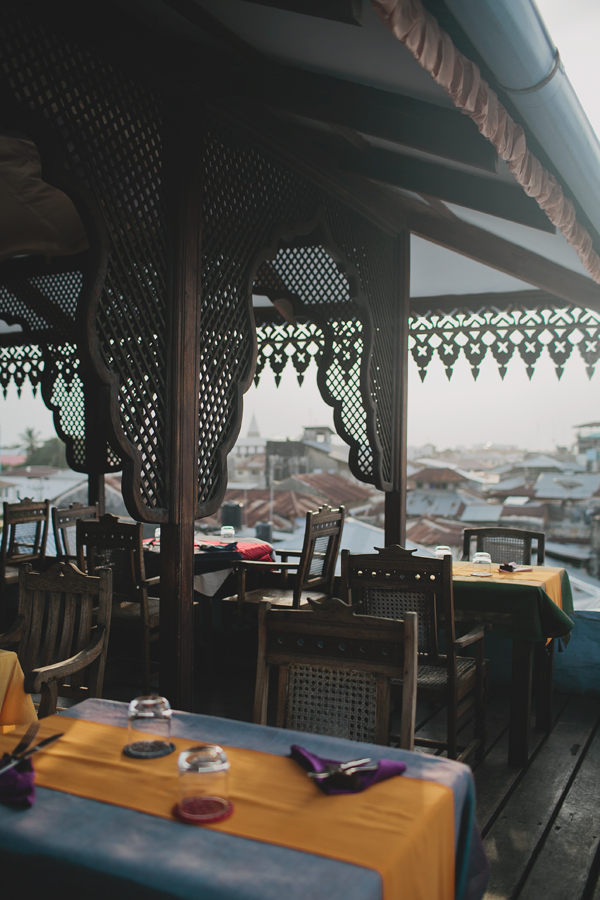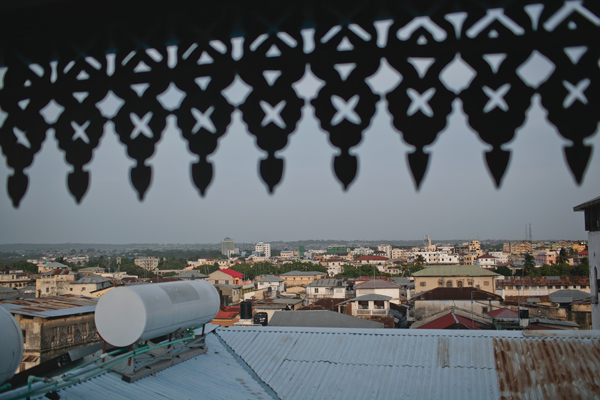After four days in gray, fog-laden Lima, we hopped an early morning flight heading south to the old colonial capital of Arequipa. The clear blue skies greeted us upon landing, and within mere minutes, I felt the vitamin D seep into the dampness of my bones.
Yes, Arequipa was just what the doctor ordered.
With just over 24 hours in the city, my mom and I had no time to waste. We ate and drank well, made friends with our umpteenth taxi driver, confirmed our bus tickets to Puno (a near fiasco, BUT WE DID IT), enjoyed hanging with the locals in the Plaza de Armas, channeled our inner Maria von Trapp at a 437-year-old nun monastery, and saw as much of this ciudad linda (pretty city) as our tired legs could withstand.
We may have only been there a short time, but I can confidently say Arequipa is one of the most beautiful cities. The wide, open sky. Crisp, clean air. The colorful, colonial-era architecture. Every third building painted mustard yellow (my favorite color). Uneven cobblestone sidewalks. Bright bougainvilla everywhere. And to top it off, Peru's second largest city sits over 2,000 meters high, squished between three gorgeous, looming volcanos.
Next time, we're definitely staying for longer.
WHERE TO STAY
We stayed at the Hotel Posada del Monasterio, which is conveniently located across the street from the Monasterio de Santa Catalina (see below). The rooms were clean and comfortable, and the rooftop had a gorgeous panoramic view of the city.
WHAT TO DO
The best thing we did was visit the Monasterio de Santa Catalina, a nun monastery dating back to 1579. The Sound of Music is one of my mom and I's all-time favorite movies, so it was extra fun to spend the afternoon frolicking through the 20,000 square-meter complex.
The best recommendation I have for Arequipa is to grab a map of the El Centro Histórico (historical center), and walk your way through this UNESCO World Heritage area. Be sure to visit the Plaza de Armas to mingle with the locals, admire the colorful colonial architecture built from volcanic sillar rock, and step into the many Baroque-style churches.
Be sure to head outside the city center into the darling neighborhood of Yanahuara. Follow this one-mile walk from Lonely Planet, and you'll arrive to a stunning view overlooking the city and El Misti volcano. There's a small park with benches, gift shop and a lovely church on the right (when we visited on Sunday morning, there was a church social + cookout going on).
WHERE TO EAT
Start your day with crêpes and coffee at Crepísimo. For a light lunch or afternoon snack, stop at La Despensa. They've got pastries, sandwiches and munchies, not to mention a killer passionfruit chilcano (similar to a Moscow Mule). Save your appetite for dinner at Chicha, which is owned by Peru's most famous chef, Gastón Acurio. The rocoto relleno (stuffed spicy peppers) and lomo saltado (sauteéd beef) were so good washed down with a rocoto sour (spicy pisco sour).
From Arequipa, we hopped a six-hour bus south to Puno and the bluer-than-blue shores of Lake Titicaca. After nearly a week of go-go-go, arriving in the picturesque town of Puno was a much-needed reprieve to gear up for our trek to Machu Picchu. A girl can only handle so many days of walking 20,000+ steps before she needs a comfy chair and a book, ya know?
With two days in Puno, our time was, again, short but we allowed ourselves to REST in preparation for the trek. That being said, I'm going to let the pictures take it from here.
(^^like mother, like daughter in our hatred of spontaneous photos^^)
WHERE TO STAY
For the first two nights, we stayed atop the city of Puno at Mirador de Titikaka. The night taxi ride to the hotel was harrowing (my mom and I were convinced we were for sure getting killed), but I can't say enough lovely things about it. The manager, Jorge, was so gracious and helpful, and the views are spectacular. A delicious breakfast of fresh bread, butter, jam, eggs, avocado, juice and yogurt is included in the very reasonable price.
On our third night, we ventured an hour north to stay on the Capachica peninsula in the cutest AirBnb ever. Walther and Mariela were the most gracious hosts with the most stunning property overlooking Lake Titicaca. All meals were included, although dinner cost an extra 10 soles ($3) each. My only regret is we weren't able to stay here longer.
WHAT TO DO
The most popular attraction in Puno are the mysterious (and extremely touristy) Uros Floating Islands. I have lots of conflicting feelings about the Uros Islands, so if you're thinking about going, please email me. Otherwise, know the islands themselves are quite impressive. The Uru people live on these man-made totora reed islands, which are an incredible site to behold in the middle of the deep blue waters of Lake Titicaca.
A surprisingly lovely afternoon was spent at Sillustani—a pre-Incan burial ground with 600-year-old funerary towers. Our favorite taxi driver (hola Raul!) drove us the 30 minutes to the site, and we spent the afternoon soaking in the pre-Incan history of burials.
With the gorgeousness of Lake Titicaca, my favorite afternoon was spent reading and hiking along the lake in Capachica. The beauty of this area is truly stunning, and it's definitely best to take it in by doing nothing much other than leisurely appreciating its beauty.
WHERE TO EAT
We didn't do much eating outside of our accommodations, but lunch at Mojsa was noteworthy. The passionfruit-rocoto pepper trout was perfectly sweet and spicy, while their warm Mojsa Energy drink (coca leaves, lemon + honey) helped stave off my lingering altitude sickness.

